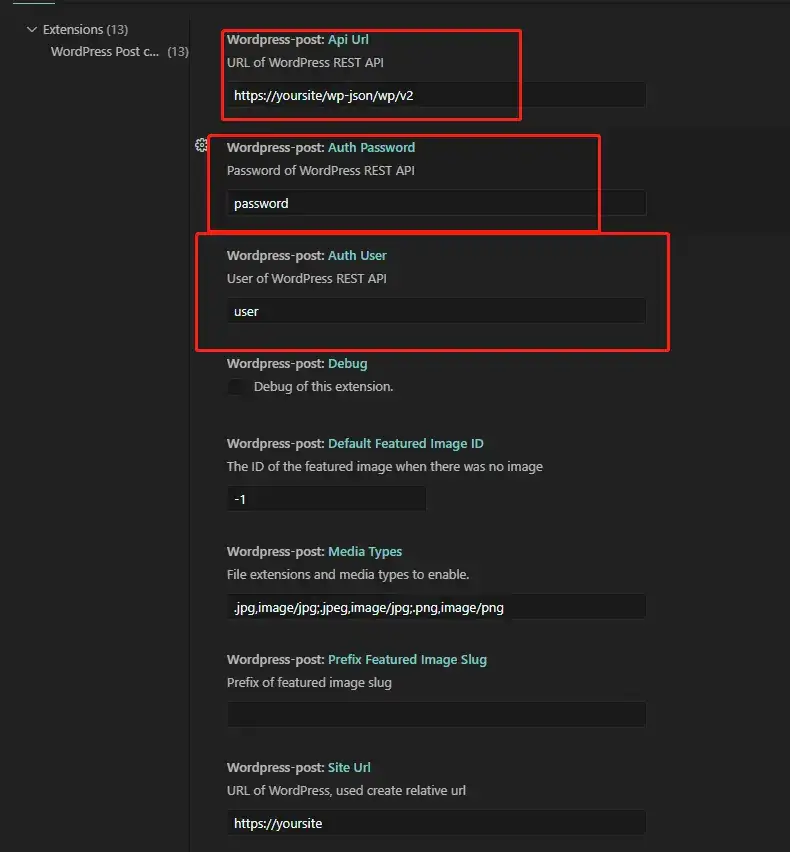返回
让Go的HTTP请求更优雅
后端
2023-12-31 19:35:30
前言
在Go语言中,发送HTTP请求是非常常见的操作。我们可以使用Go标准库中的net/http包来发送HTTP请求,但是使用标准库的方式来发送HTTP请求代码冗长且不易阅读,例如:
import (
"bytes"
"io/ioutil"
"net/http"
"net/url"
)
func main() {
// 构造请求参数
params := make(url.Values)
params.Add("username", "johndoe")
params.Add("password", "secret")
// 构造请求体
body := bytes.NewBufferString(params.Encode())
// 发送POST请求
resp, err := http.Post("https://example.com/login", "application/x-www-form-urlencoded", body)
if err != nil {
// 处理错误
}
// 读取响应体
defer resp.Body.Close()
respBody, err := ioutil.ReadAll(resp.Body)
if err != nil {
// 处理错误
}
// 处理响应结果
fmt.Println(string(respBody))
}
从上面的代码可以看出,发送一个简单的HTTP请求需要非常多的代码,而且代码逻辑复杂,可读性较差。那么有没有办法让发送HTTP请求的代码更简洁、更易读呢?答案是肯定的。我们可以通过封装参数对象的方式来简化代码结构,让请求代码更加优雅。
使用封装参数对象简化HTTP请求代码
为了简化HTTP请求代码,我们可以定义一个Request结构体来封装请求参数,然后使用这个结构体来发送HTTP请求。这样,我们的代码就会变得更加简洁和易读。例如:
import (
"bytes"
"encoding/json"
"io/ioutil"
"net/http"
)
type Request struct {
// 请求路径
Path string `json:"path"`
// 请求方法
Method string `json:"method"`
// 请求头
Headers map[string]string `json:"headers"`
// 请求参数
Params map[string]interface{} `json:"params"`
// 请求体
Body interface{} `json:"body"`
}
func main() {
// 构造请求参数
request := Request{
Path: "/login",
Method: "POST",
Headers: map[string]string{"Content-Type": "application/json"},
Params: map[string]interface{}{"username": "johndoe", "password": "secret"},
}
// 将请求参数序列化为JSON格式
requestBody, err := json.Marshal(request.Body)
if err != nil {
// 处理错误
}
// 发送HTTP请求
resp, err := http.Post("https://example.com"+request.Path, "application/json", bytes.NewBuffer(requestBody))
if err != nil {
// 处理错误
}
// 读取响应体
defer resp.Body.Close()
respBody, err := ioutil.ReadAll(resp.Body)
if err != nil {
// 处理错误
}
// 处理响应结果
fmt.Println(string(respBody))
}
从上面的代码可以看出,通过使用Request结构体来封装请求参数,我们的代码变得更加简洁和易读。而且,这种方式也更加灵活,我们可以根据需要来添加或修改请求参数。
结语
通过使用封装参数对象的方式来简化HTTP请求代码,我们可以让我们的代码变得更加简洁和易读。而且,这种方式也更加灵活,我们可以根据需要来添加或修改请求参数。希望本文能够帮助大家编写出更加优雅的HTTP请求代码。





